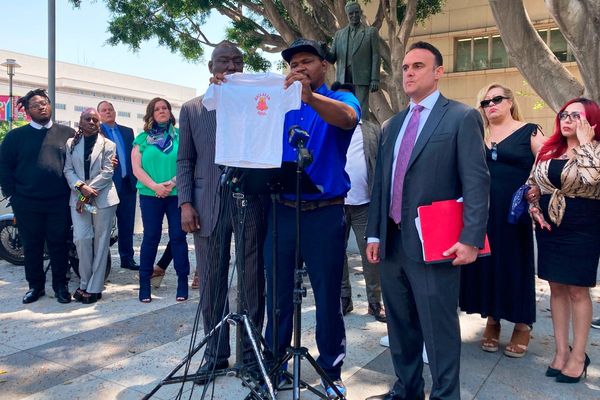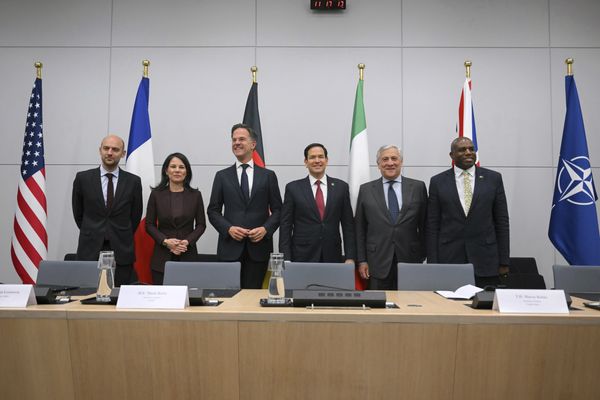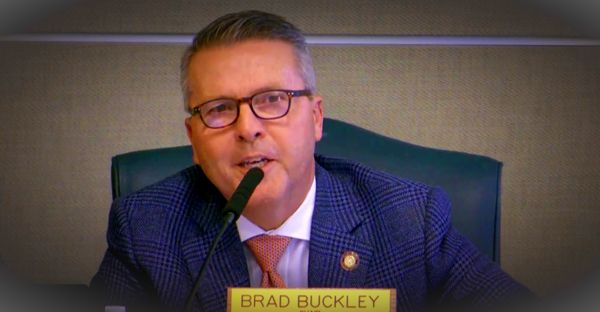
Since the Reserve Bank of India’s December monetary policy meeting, the global monetary policy environment has taken a sharp turn towards hawkishness as major central banks try to douse emerging inflation fires. The global backdrop is fraught with risks – geopolitical headwinds, climbing crude oil prices, risks of a supply shock from China, and rising rates.
In this backdrop, domestic data shows growth slowing in response to the short but intense Omicron wave, as well as weakening of inflationary pressures. The Union budget in itself had not much to state in support of immediate growth, as the capex-focused spending will be back-loaded in nature and would not necessarily be materially demand-augmenting in the near term.
We think RBI may choose to reduce its Q1 2022 (January to March) GDP forecasts slightly but would likely offset these changes to factor in some small rebound in subsequent quarters. We also think the RBI may choose to align its GDP growth estimates with the government’s 8.0-8.5% for the next fiscal year, which would imply a more optimistic growth outlook.
Against this backdrop, RBI’s Monetary Policy Committee (MPC) will be holding its first meeting of 2022. So far, the RBI has stayed on a path of calibrated normalization of crisis-time policy settings since early 2021, holding the repo rate steady while raising short-term rates through the gradual withdrawal of liquidity. This is despite the materially dovish messaging from the December MPC meeting, which was likely reflective of the RBI’s desire to keep growth risks front and centre in its monetary policy deliberations. However, with Omicron-related economic risks falling as quickly as they rose, the RBI will likely discount its fleeting presence.
Indeed, the central bank has been guiding the market for the same, plotting the path of actions and orchestrating a reduction in banking liquidity to shift overnight market rates higher, as well as absorbing liquidity through the VRRR route and selling some of its bond holdings.
RBI’s actions suggest that it may now be prepared to accept a higher floor for interest rates. The next logical step, in our view, will be for the RBI to normalize the repo and reverse repo rate corridor, which was widened to 65bps from 25bps as an emergency pandemic-related measure.
Reducing the corridor would be consistent with the RBI’s state-based forward guidance and confirm a balanced approach to accommodation and normalization, especially given changing global situations. Lingering uncertainty on the impact on growth from Omicron, though likely to be small and fleeting, also supports the MPC’s case of maintaining a conservative approach to normalization. However, economic resiliency and RBI’s market actions display a level of comfort on the RBI’s part to remove some of the emergency measures, which we expect to be delivered in the policy meeting.
The RBI’s likely hike of the reverse repo rate while keeping the repo rate constant would also align well with recent inflation data, which averaged lower than the RBI’s forecasts in Q4 of 2021. Inflation data for January (to be released on 14 February) is likely to trend higher, towards the 6% mark, though mostly due to a low base for food prices. We think the policy approach is in line with the flexible inflation targeting strategy followed by the MPC through the pandemic – implicitly targeting a 4-6% range for inflation rather than the 4% target enshrined in the mandate. This explains comments from the governor that inflation is within the RBI’s tolerance band.
A revealed tolerance for higher than the midpoint 4% inflation amid a projected negative output gap for the foreseeable future has guided the RBI’s approach through the pandemic. Further out, the trajectory of inflation in India is also trending very differently compared with other major economies where central banks are being forced into increasing rates.
Inflation is slowing sequentially in India because of moderating food prices and fuel tax cuts. We believe RBI still has the option of following a more gradual normalization path given that the recent inflation bout has had limited demand-side drivers and was more fuelled by imported price pressures.
We think these relatively subdued domestic price pressures will remain a source of near-term assurance for the policymakers, despite some risk from elevated oil prices, allowing the RBI to keep its guidance much more balanced between inflation and growth, relative to its global peers.
Rahul Bajoria is Managing Director and Chief Economist for India at Barclays. Shreya Sodhani is Regional Economist, Asia Pacific at Barclays.







